첫날
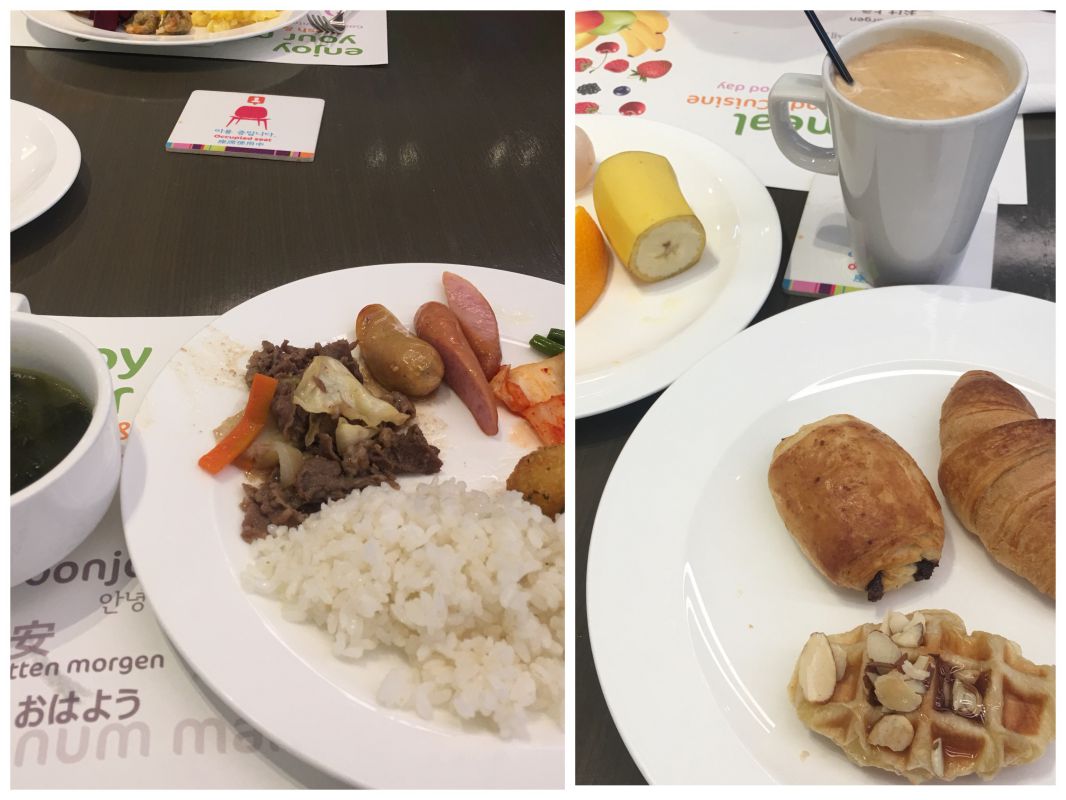

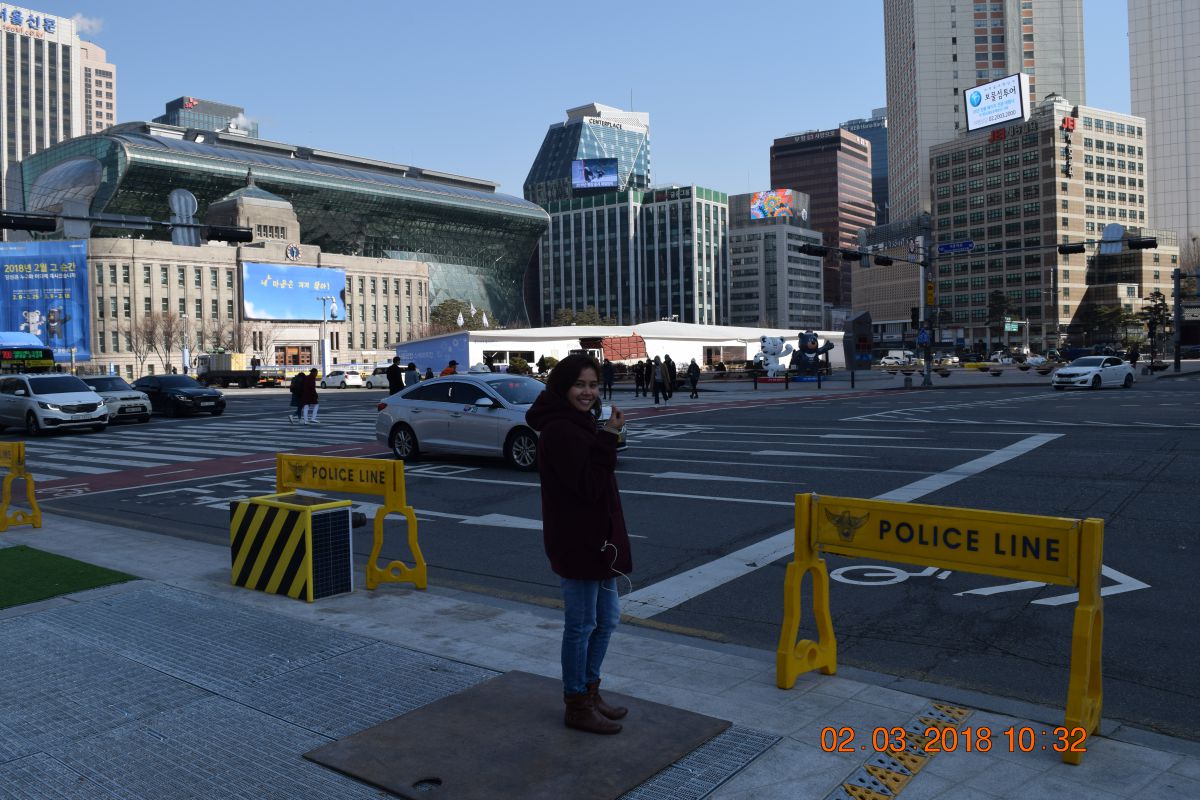
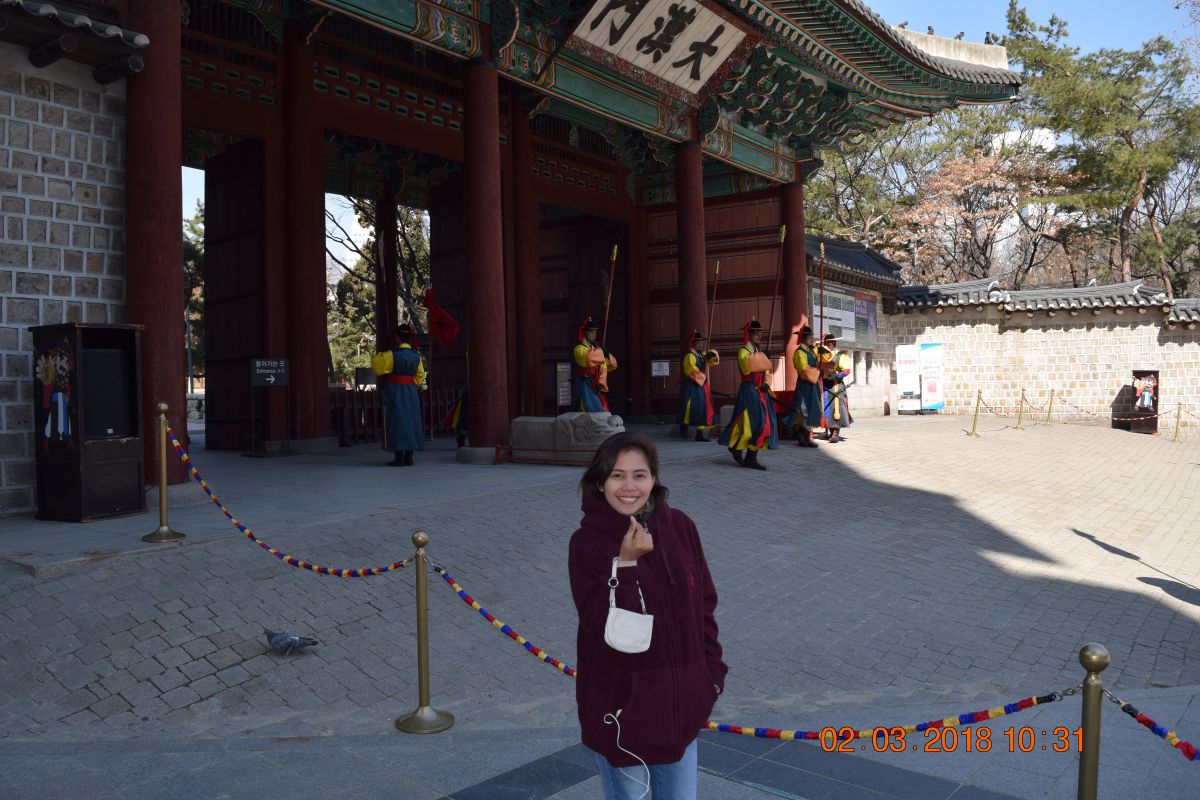
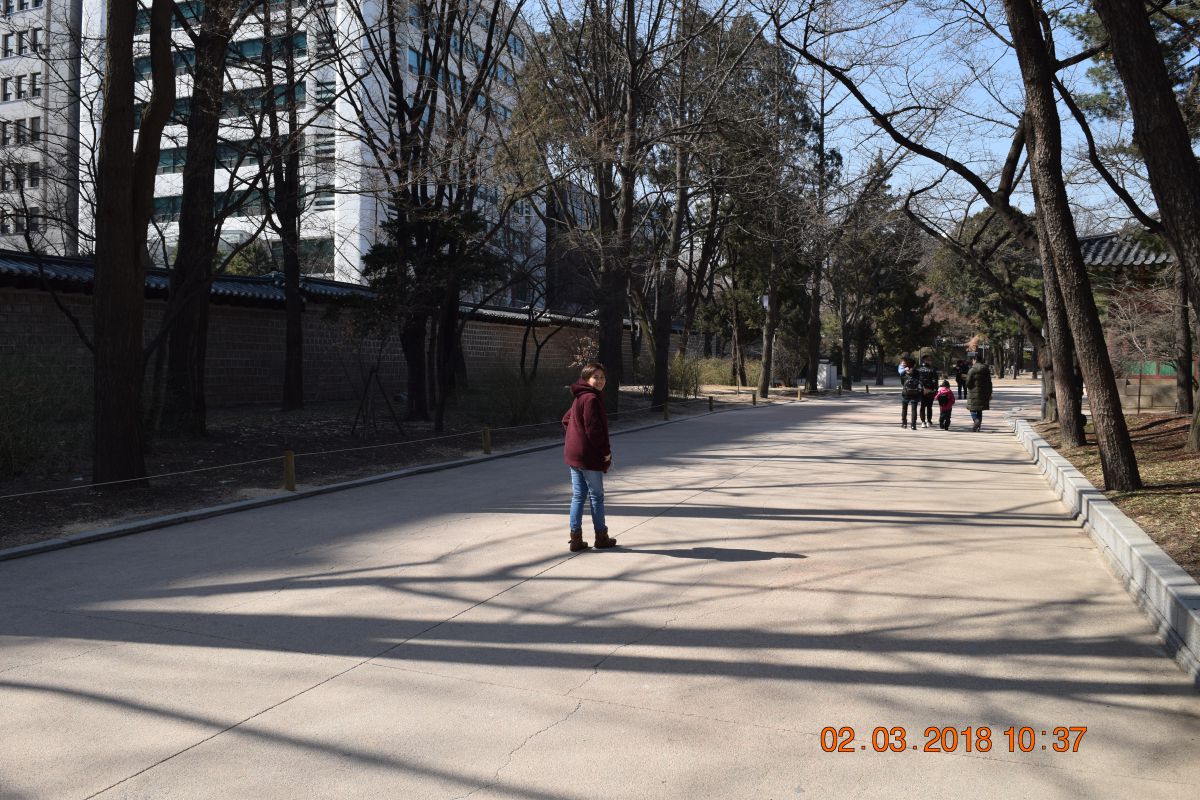
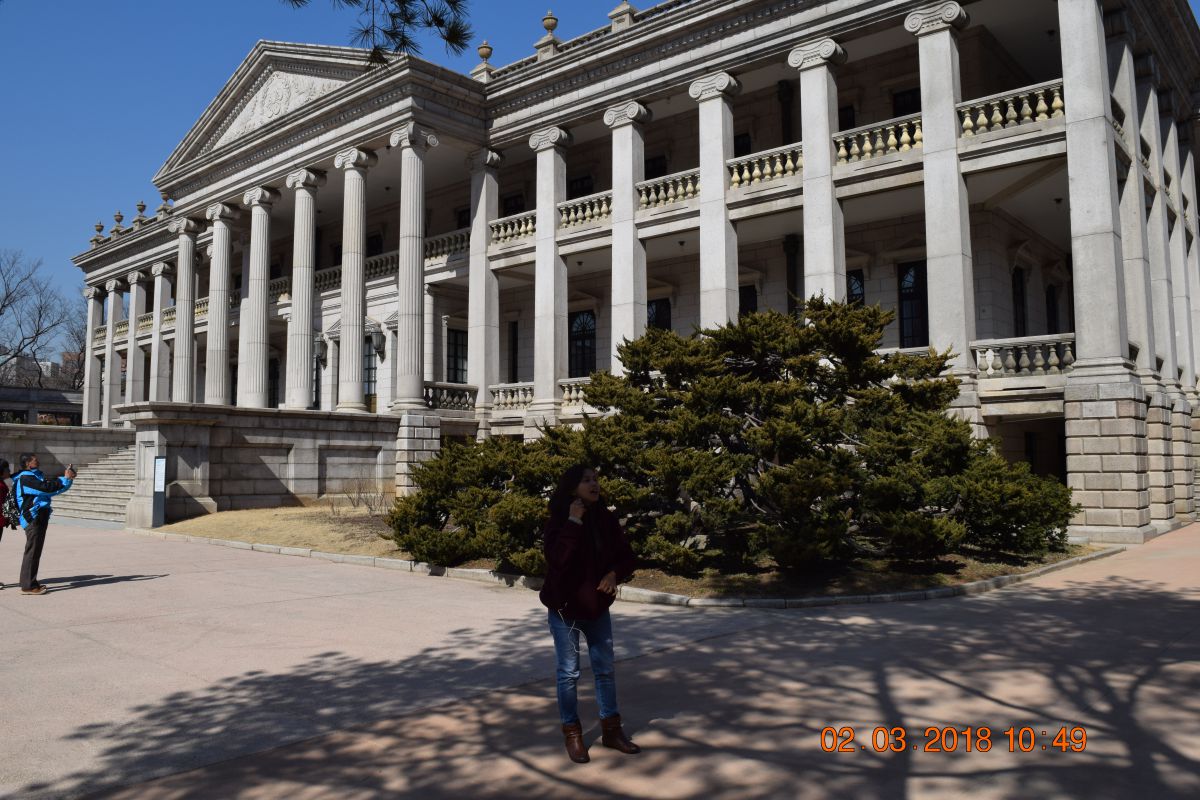
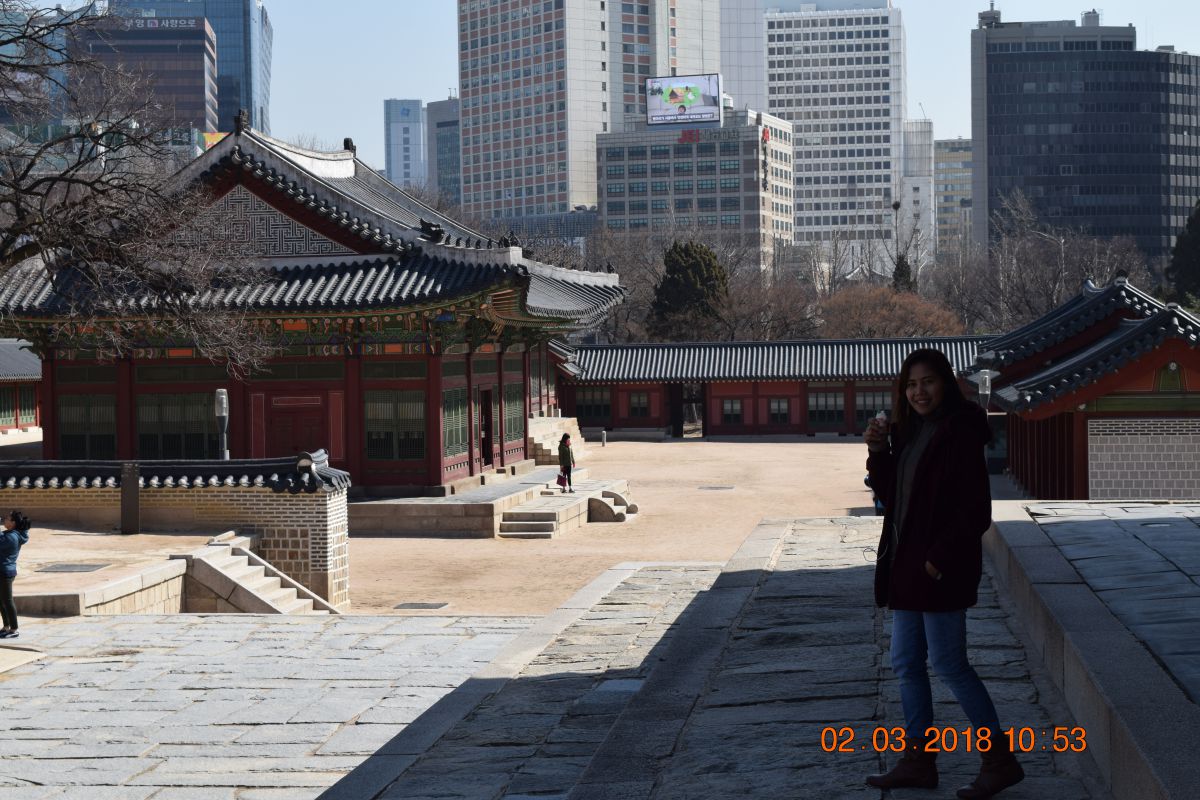
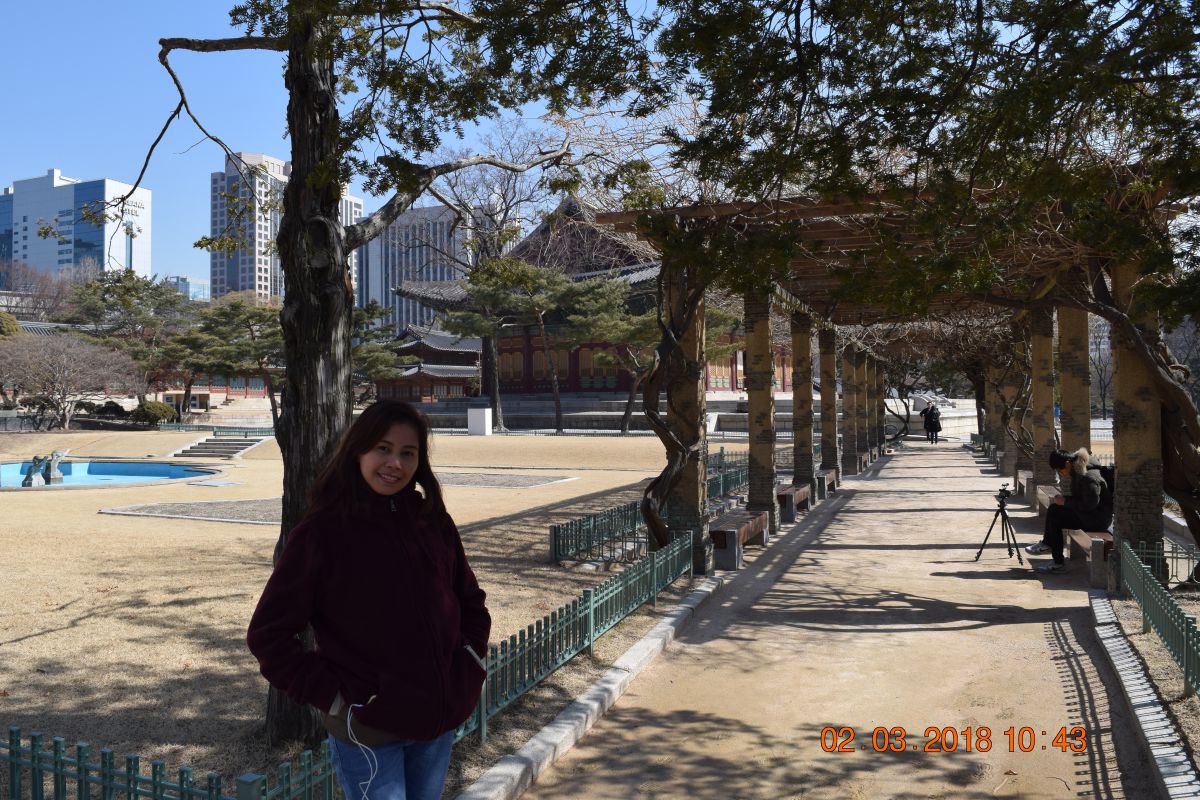
It is about noon and we move to the "underground" looking for a quick bite. Subway train stations can have several levels underground. The structure also act as a shelter in case of war (with the North). The one station here is called "City Hall" and has long tunnels. The level, just under street level has a shopping arcade where you can find almost everything including food and it is warm!. It also provides access to malls and hotels.
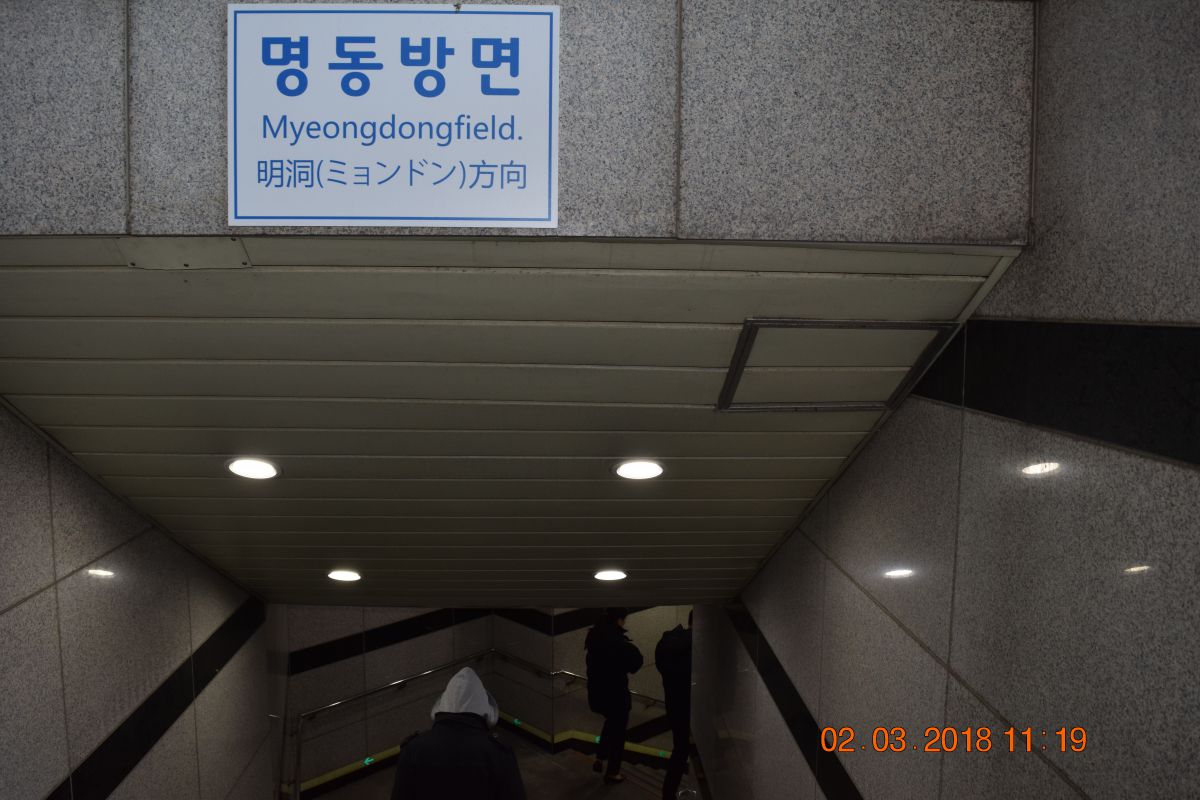
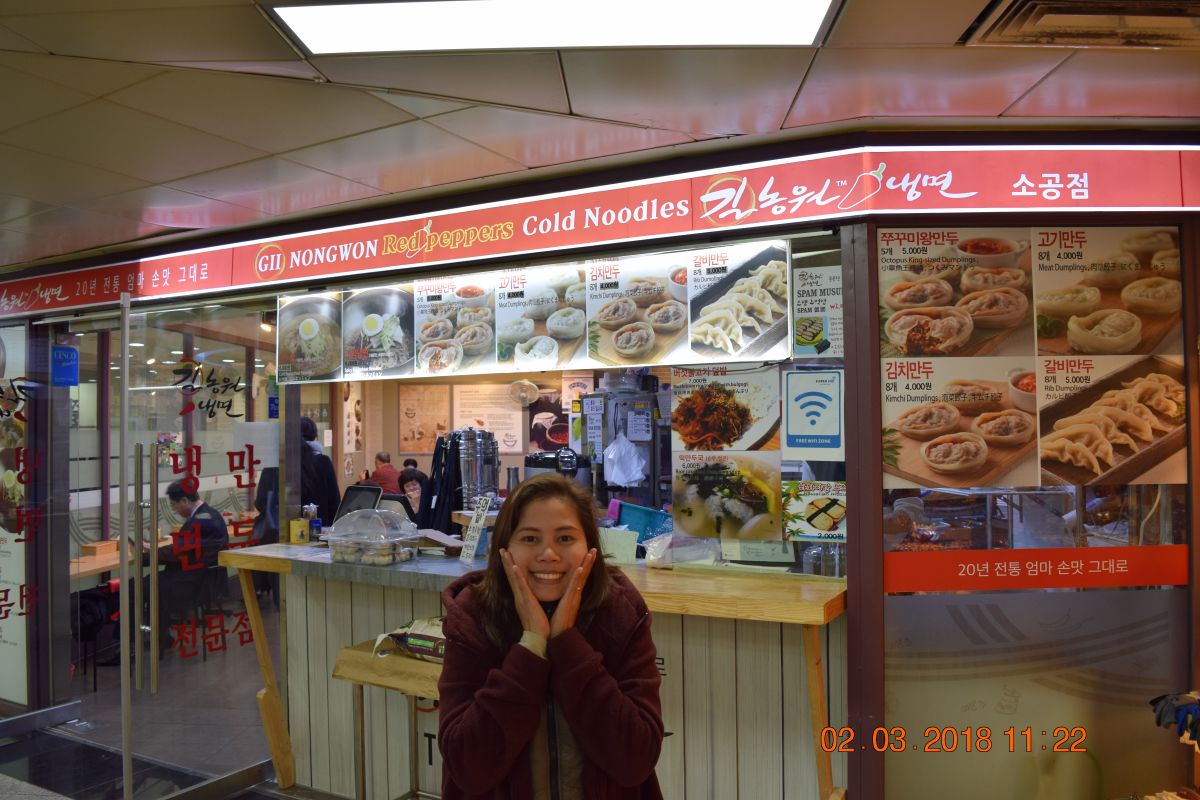
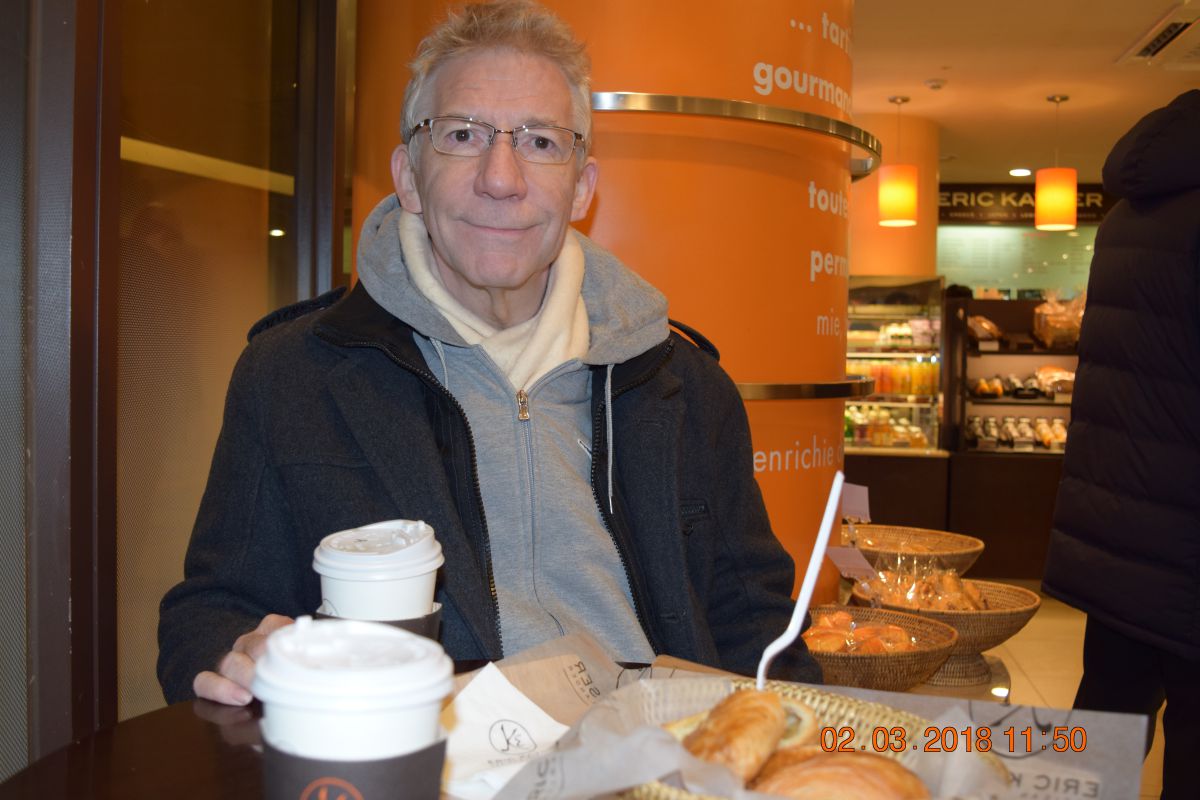

Next stop: Itaewon. This street was famous with the US military, stationed nearby, in the past. It still has the market and commercial outlets catering to foreigners but most of the (girly) bars have turned to cafe's and restaurants. In summer time the streets are lined with stalls selling garments and gadgets. However in winter only the (indoor) shops are open.
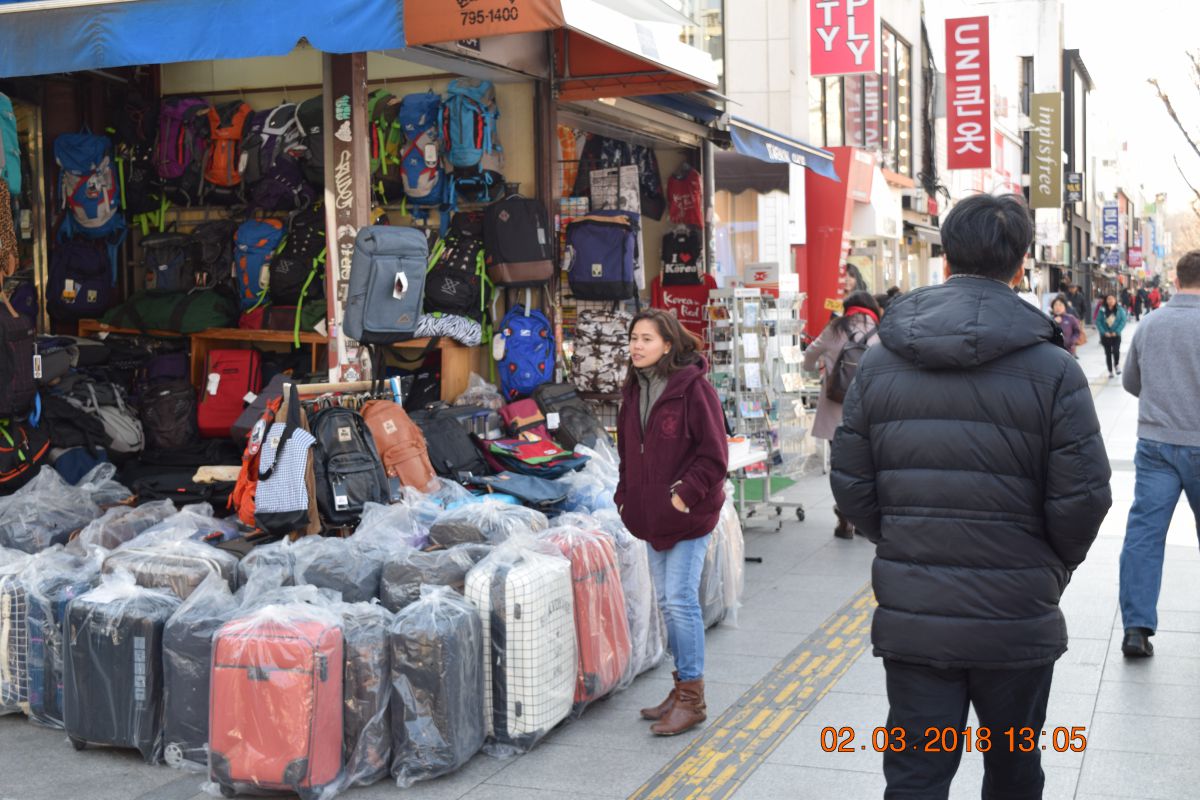 Streets are lined with stalls selling travel wear, gadgets, garments and accessories. In winter time only a few stalls bare the cold weather
Streets are lined with stalls selling travel wear, gadgets, garments and accessories. In winter time only a few stalls bare the cold weather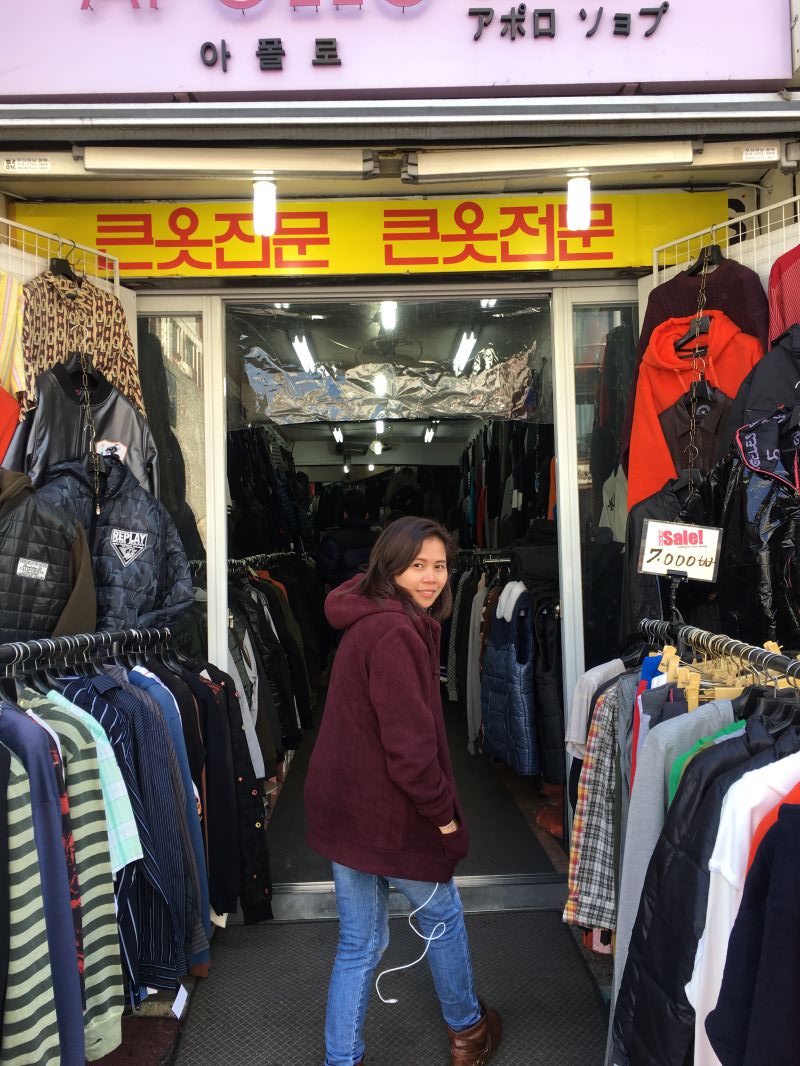 Garment Shops sell seasonal wear like this one
Garment Shops sell seasonal wear like this one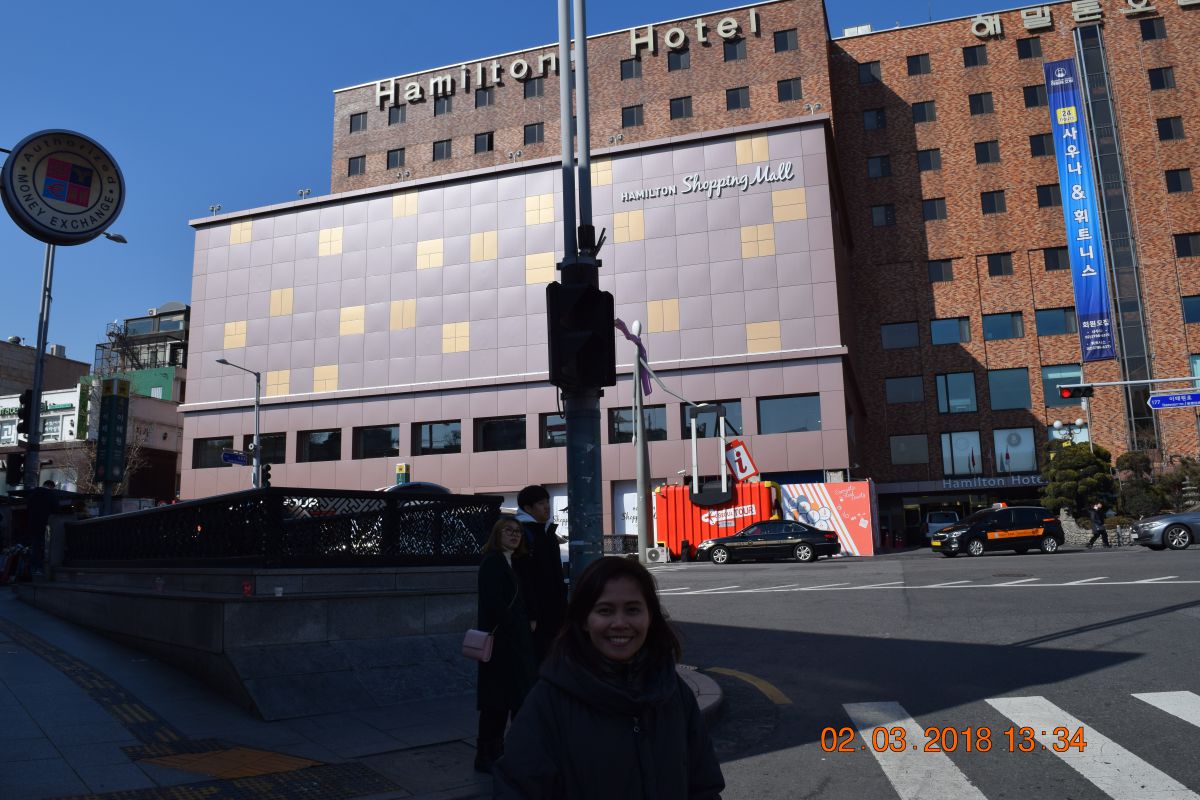 Hamilton Hotel, established in 1973, was one of the first hotel in the Itaewon district
Hamilton Hotel, established in 1973, was one of the first hotel in the Itaewon districtNot far from Itaewon is Namsan Tower, or Seoul Tower or N Seoul Tower and more names of this city's Landmark. We thought of doing the stairs to reach the tower base but looking at the long climb we opted for the cable car ride.
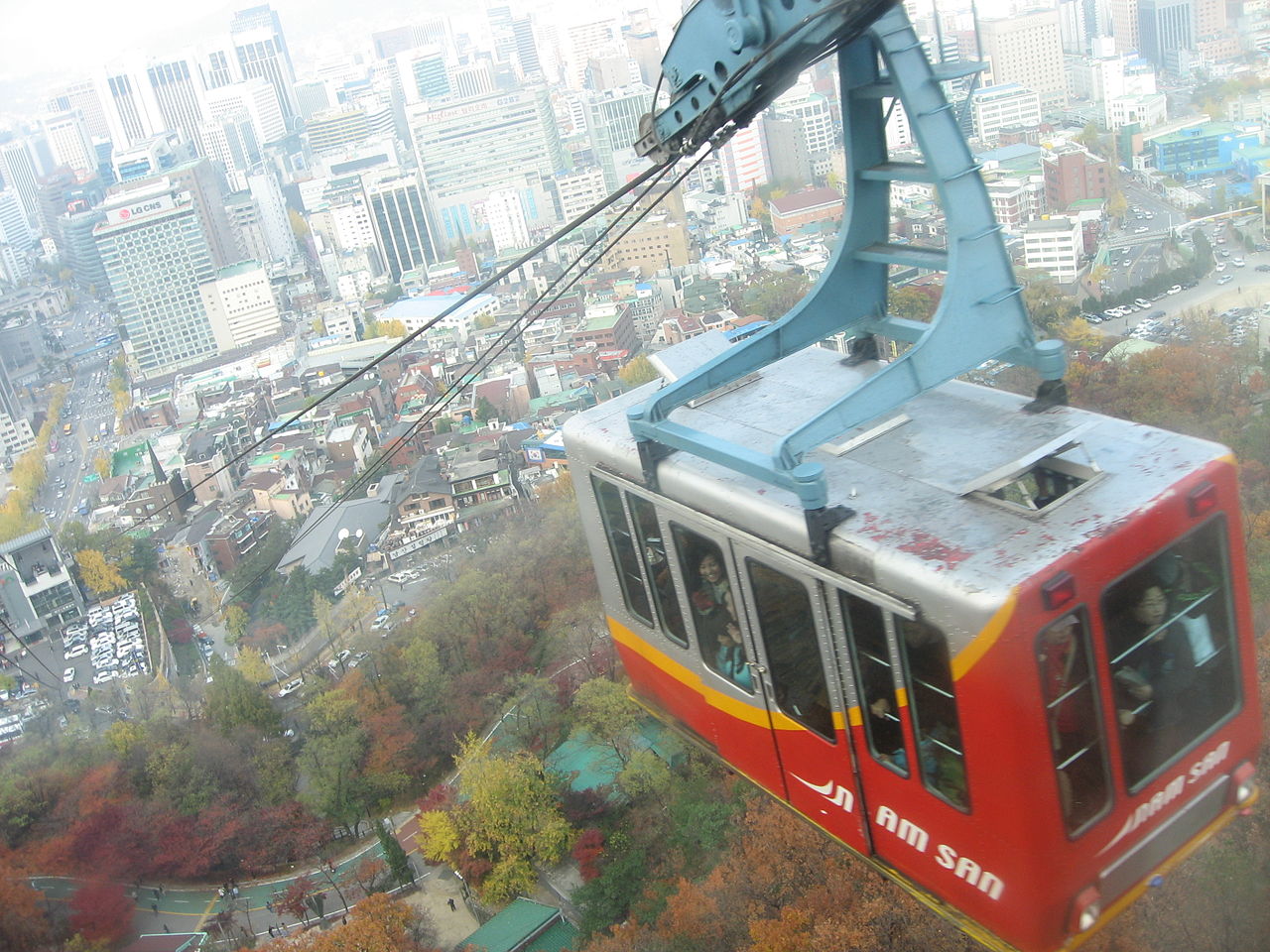 Cable car ride to the tower
Cable car ride to the tower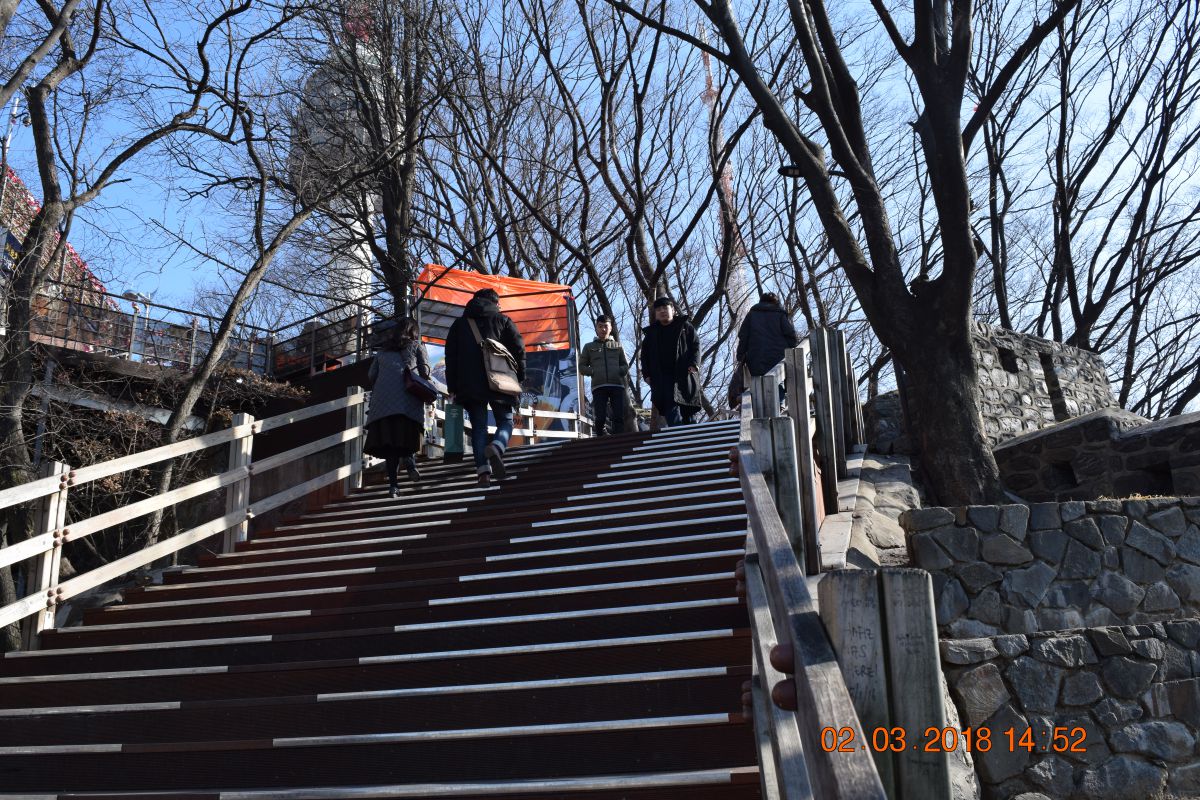 Reaching the tower base.
Reaching the tower base.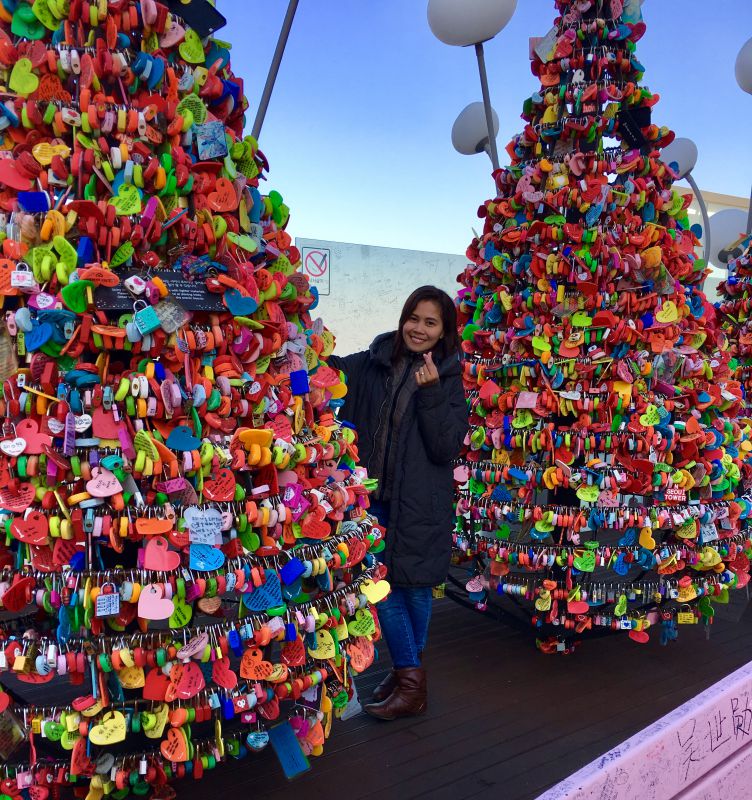 Love locks trees
Love locks trees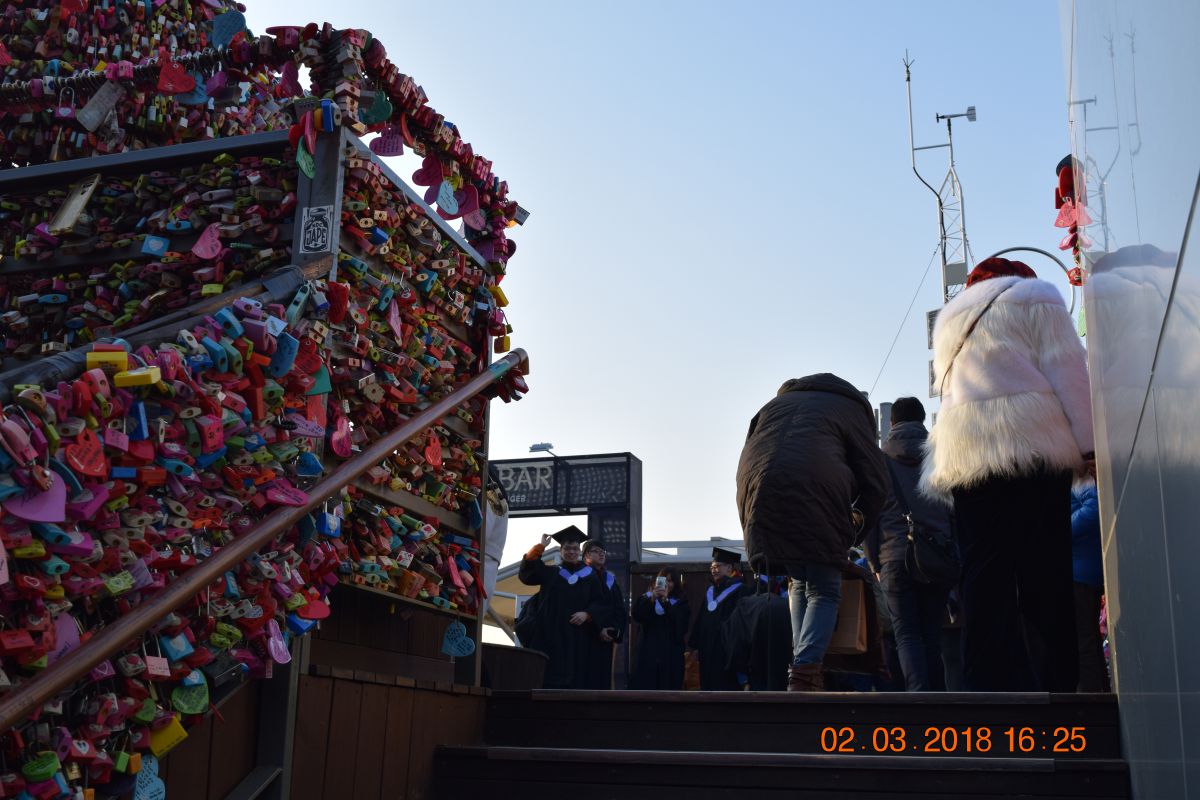 More love locks. Copying the Paris Pont des Arts bridge?
More love locks. Copying the Paris Pont des Arts bridge?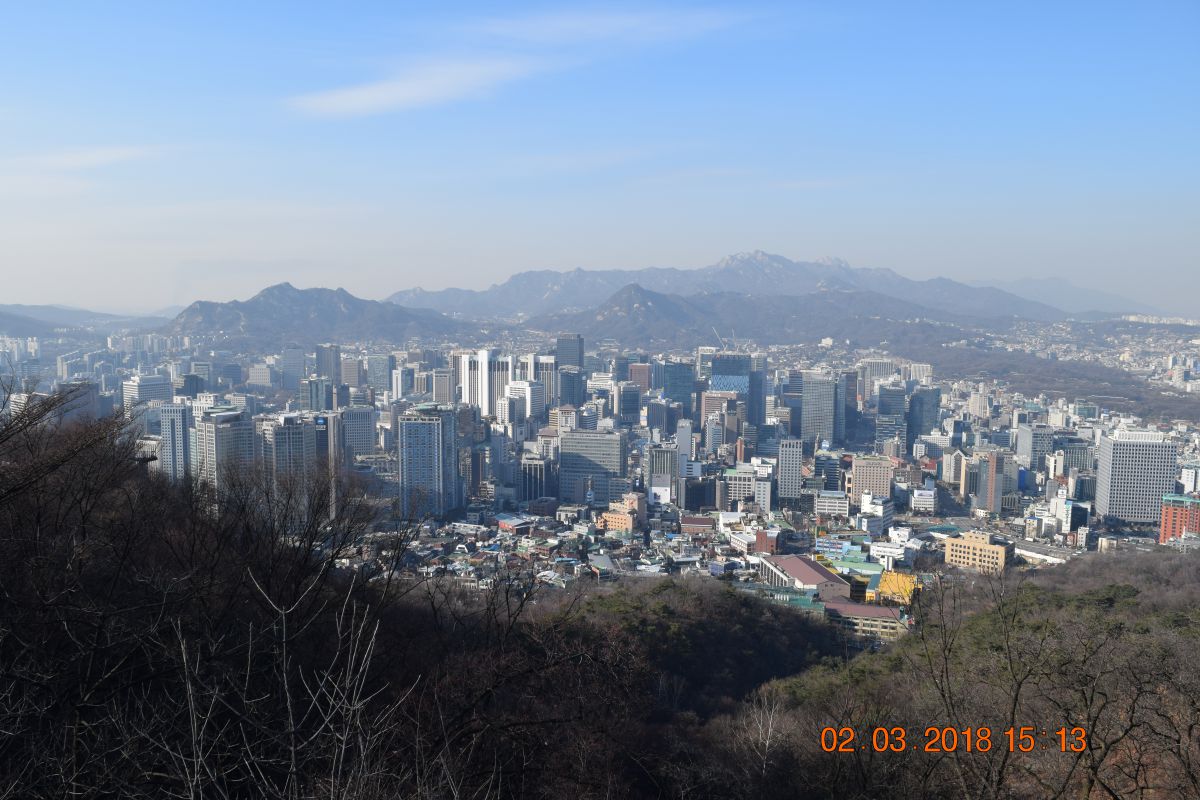 City view from Namsan hill
City view from Namsan hillSeoul - History
The history of Seoul probably started in 18 BC, when it was chosen to be the capital of the Baekje Kingdom. After that it has been the capital of various rulers, which all gave the city a new name.
The importance of Seoul as a city really started during the Joseon Dynasty. Former General Yi Seong-gye chose Seoul to be the capital of his empire in 1392. During the next 10 years Seoul grew into a real city, with 100.000 inhabitants. In that period Seoul was a city lead by the Neo-Confucianism philosophy of the Joseon Dynasty. Buddhism and Catholicism were banned into the mountains and the countryside. Till 1910 Seoul was controlled by this feudal system of kings, aristocrats, peasants, slaves and outcasts.
In 1910, the Japanese invasion took the regime of Korea and the city of Seoul. During the following 35 years Seoul was doomed under Japanese colonial rule. Palaces were destroyed and the Korean culture seemed to fade away.
Korea survived and was released from Japanese rule in 1948. During the Korean war Seoul experienced warfare 4 times, only to become the main capital again in 1953. Since that moment Seoul has been growing rapidly and continuously. The expansion of Seoul symbolizes the economical progress South-Korea has made in the past 50 years.
Nowadays Seoul is a highly modern city with a modern, technologically advanced society. The streets of Seoul are filled with skyscrapers, traffic and 10.3 million people. Seoul is not only the capital of South Korea, but also the city where everything is centered. Throughout the year you can experience cultural, traditional and modern events in this modern metropolis of Korea.




Comments powered by CComment